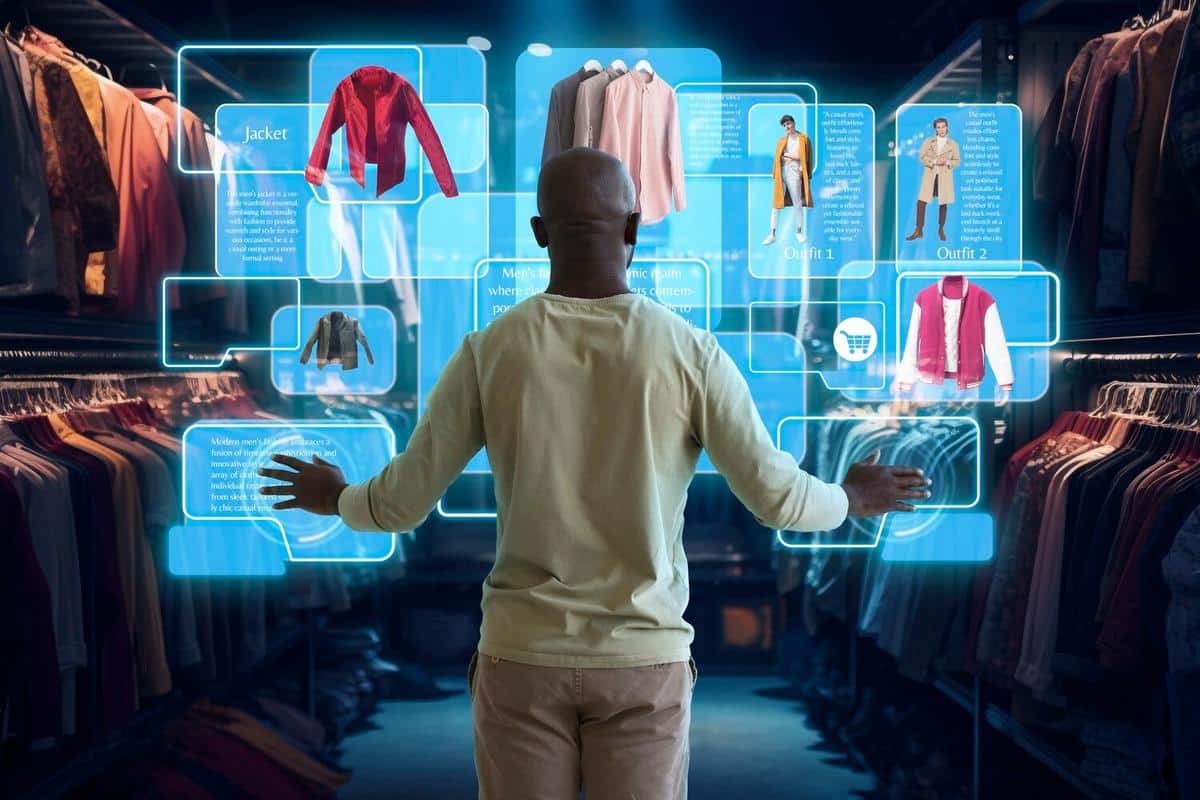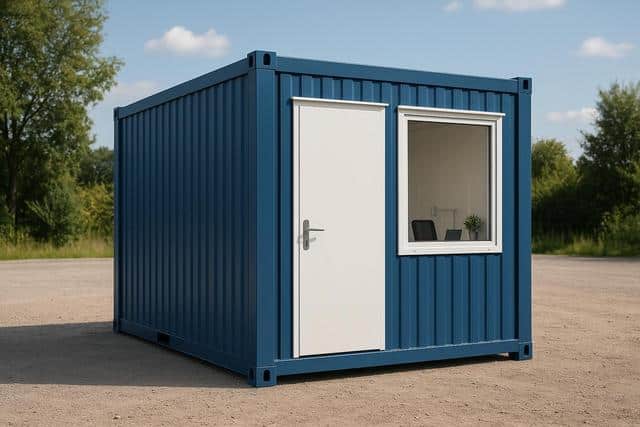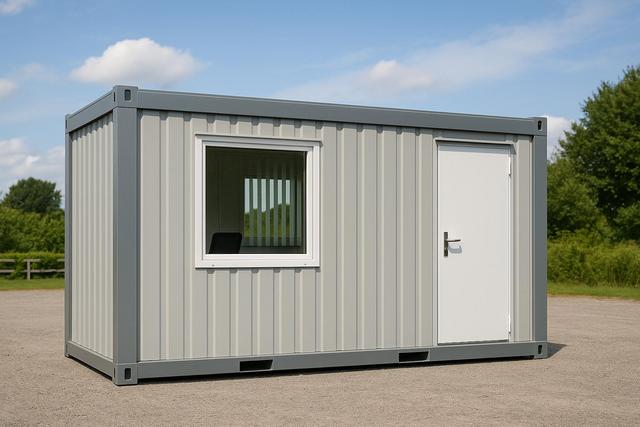
Fashion in the Metaverse: Dressing Avatars and Beyond
The digital revolution has permeated nearly every aspect of our lives, and fashion is no exception. As the metaverse—a collective virtual shared space created by the convergence of virtually enhanced physical reality and physically persistent virtual space—continues to expand, it presents a new frontier for fashion enthusiasts and designers alike: dressing avatars. This fascinating intersection of technology and style is reshaping how we express ourselves in virtual realms.
Fashion in the Metaverse: A Whole New World
The metaverse is not just a concept; it’s a rapidly growing digital ecosystem. According to a report by McKinsey, the metaverse market could reach up to $5 trillion by 2030. This growth is fueled by advancements in VR, AR, and blockchain technologies, enabling a more immersive and interactive experience. In this vibrant digital landscape, fashion plays a crucial role in personal expression and identity.
The Role of Fashion Designers in Virtual Spaces
Fashion designers are no longer limited to physical fabrics and runways. Many are exploring the potential of digital garments that can be worn by avatars in virtual environments. Renowned fashion houses have already started to create exclusive collections for the metaverse, allowing users to purchase and wear high-fashion pieces in digital form. This shift not only expands creative boundaries but also opens new revenue streams.
Table: Comparison of Physical vs. Digital Fashion
| Aspect | Physical Fashion | Digital Fashion |
|---|---|---|
| Material | Fabrics, threads | Pixels, polygons |
| Cost | Material and labor-intensive | Lower production costs |
| Environmental Impact | Significant | Minimal |
| Flexibility | Limited | Endless possibilities |
| Storage | Physical space needed | Digital storage |
| Customization | Complex | Highly customizable |
| Durability | Subject to wear and tear | Permanent |
| Market Reach | Geographically limited | Global |
Expert Opinions on the Metaverse Fashion Trend
Experts from the fashion and tech industries see the metaverse as a promising platform for innovation. In a discussion with Vogue, digital fashion pioneer Amber Jae Slooten highlighted the potential for sustainability, stating, “With digital fashion, we can significantly reduce waste and carbon footprints.”
Personal Anecdotes: Dressing for the Digital Age
Consider the experience of Alex, a digital artist who began creating virtual clothing for personal use. “I found it liberating to design without the constraints of physical materials,” Alex shares. “It allowed for greater creativity and expression.” This sentiment is shared by many who explore fashion in the metaverse, finding it a space where creativity knows no bounds.
Actionable Tips for Exploring Fashion in the Metaverse
- Start Small: Begin by exploring platforms that offer digital fashion experiences, such as VRChat or Second Life.
- Engage with Communities: Join online forums and groups to connect with others interested in metaverse fashion.
- Experiment with Design: Use software like Blender or CLO 3D to create your own digital garments.
- Stay Informed: Follow industry leaders and publications to keep up with the latest trends and technologies.
Consider investing time in learning about blockchain technology and NFTs, as these are becoming integral to the future of digital fashion.
FAQs
What is digital fashion?
Digital fashion refers to clothing designed and rendered in digital environments, intended for use by avatars in virtual spaces.
How do I get started with digital fashion?
Begin by exploring digital fashion platforms and communities, and consider learning digital design tools to create your own pieces.
Is digital fashion sustainable?
Yes, digital fashion is considered more sustainable as it reduces the need for physical materials and eliminates waste associated with traditional fashion production.
Conclusion: Embracing the Future of Fashion
The metaverse is not just reshaping how we interact online but also how we express our identities through fashion. As virtual worlds continue to expand, so too does the potential for creativity and innovation in this space. Whether you’re a designer looking to explore new possibilities or an enthusiast eager to dress your avatar, the metaverse offers a dynamic playground for fashion. Embrace this digital evolution and join the conversation, as the future of fashion unfolds before our eyes.


